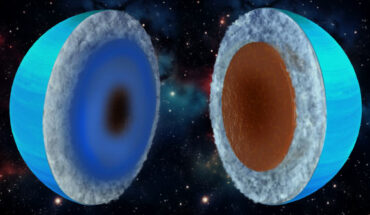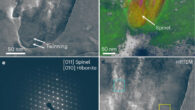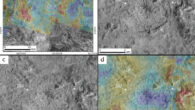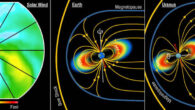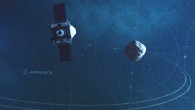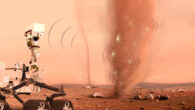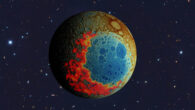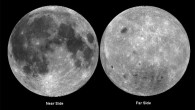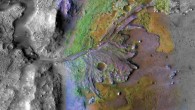The composition of Uranus and Neptune might be less icy than previously thought, according to a new study by University of Zürich scientists. Uranus could be an ice giant (left) or a rock giant (right) depending on the model assumptions. Image credit: Keck Institute for Space Studies / Chuck Carter. “The ice giant classification is oversimplified as Uranus and Neptune are still poorly understood,” said Luca Morf, a Ph.D. student at the University...

